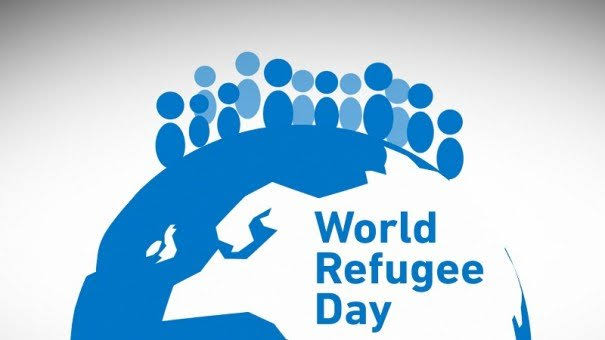Every June 20, the international community, stand up as one in solidarity with those forced out of their homes by circumstances beyond their control into unknown places as refugees. It is an occasion to build empathy and understanding for their plight and to recognize their resilience in rebuilding their lives. World Refugee Day, as it is known, is designated by the United Nations to honour refugees around the globe and celebrate the strength and courage of people who have been forced to flee their home country to escape conflict or persecution.
In the words of the Secretary General of the United Nations (UN), António Guterres, ‘refugees represent the very best of the human spirit. They need and deserve support and solidarity — not closed borders and pushbacks.’
But to be able to understand the plight of these sets of people, it is pertinent to note who is actually a refugee and what confers that status on one. By definition, refugees are people who have fled war, violence, conflict or persecution and have crossed an international border to find safety in another country. They often have had to flee with little more than the clothes on their back, leaving behind homes, possessions, jobs and loved ones.
What this means, in our opinion, is that refugees are not just fortune seekers who on their own decided to flee their comfort zones. Conditions give rise to the emergence of any refugee situation which is defined and protected in international law.
That law is encapsulated in the 1951 Refugee Convention which defines a refugee as: “someone who is unable or unwilling to return to their country of origin owing to a well-founded fear of being persecuted for reasons of race, religion, nationality, membership of a particular social group, or political opinion.” Its 1967 Protocol also helps to protect them. The cornerstone of the 1951 Convention is the principle of non-refoulement. According to this principle, a refugee should not be returned to a country where he or she faces serious threats to his or her life or freedom. However, this protection may not be claimed by refugees who are reasonably regarded as a danger to the security of the country, or having been convicted of a particularly serious crime.
By the end of 2017, there were 25.4 million refugee men, women and children registered across the world. By Amnesty International figures, there are 26 million refugees globally. According to thatS agency, half of the world’s refugees are children and 85 per cent of these refugees are being hosted in developing countries.
The theme for the 2023 event: Hope away from home captures graphically the essence of paying more than lip service to any effort to assuage the pains and hurt refugees go through. The theme goes further to say that whoever. wherever. whenever. Everyone has the right to seek safety. What this means, in our view, is that to address the refugee problem, the world must necessarily assess their actions and or inactions that create a fertile ground for refugee problems.
Presently, wars, conflicts, climate change as well as economic deprivation are on the front burner of events that compel ordinary people to flee their homes in search of safety elsewhere. What this entails, in our view, is that the international community must look at those activities that make refugee situations inevitable and nip them in the bud.
Around the world today, there are conflicts that have resulted in the generation of refugees. These conflicts are instigated by the major powers with scant regard for the implication of their actions. Climate change is another factor that has continued to inflict pain on people and push them to the brink. Yet, the world powers engage in talks and more talks with nothing to show for it in terms of mitigating the fallouts. Economic deprivation resulting from the exploitation of poor countries by the richer nations has always been a talking point that has remained just that. Reports indicate that every minute, 20 people leave everything behind to escape war, persecution or terror. This is, without doubt, an affront to human dignity and totally unacceptable.
We are, therefore, persuaded to argue that refugee situations, to a large extent, are man-made and require solutions by the same people who created them in the first place. Ending conflicts, taking decisive action on climate change and changing the world’s economic order can go a long way to reducing incidences that give rise to refugee problems.
While these are being considered by the countries in a position to do so, activities are ongoing towards raising awareness and support for refugees such as providing jobs, training and connections to work opportunities for those mostly in need.





